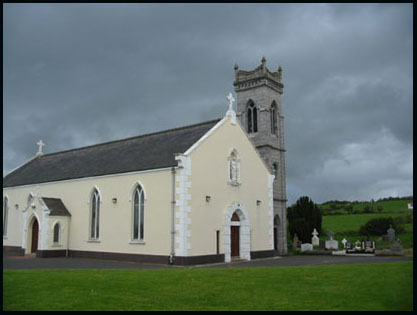|
Ros
Davies' Co.
Down, Northern Ireland Family History Research Site
© Rosalind Davies 2001 Permission granted to reprint research for non-profit use only |
Loughinisland Parish
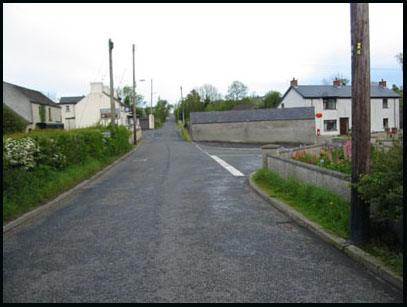 |
|
|||
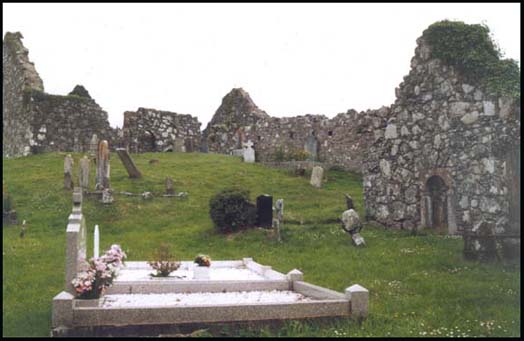 |
|
|||
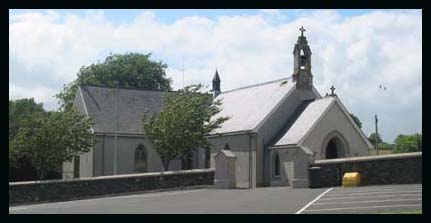 |
|
|||
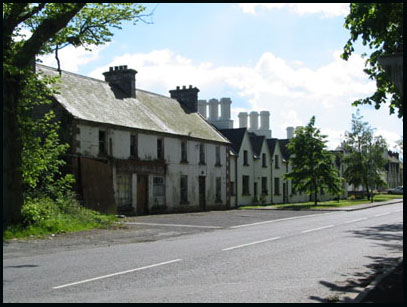 |
|
|||
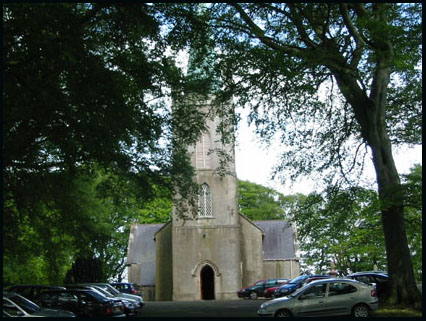 |
|
|||
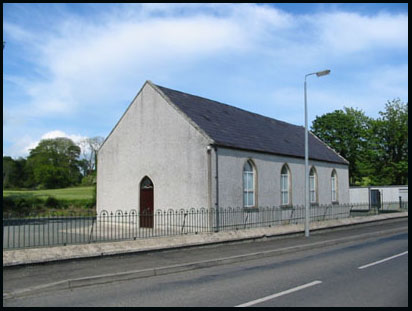 |
|
|||
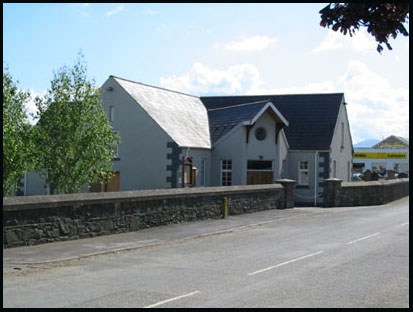 |
|
|||
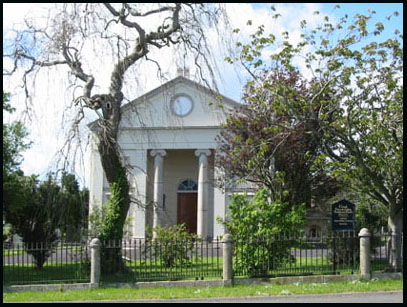 |
|
|||
|
Newspaper articles from Down Recorder; http://registers.nli.ie/ has registers to view 1853-1880; PRONI & NLI have baptisms 1853- 1881, marriages 1853- 1880 1853; UHF has baptisms & marriages 1853-1900 ; graveyard attached ; the graveyard is around the old schoolhouse; gravestone inscriptions available UHF Vol 9; email me for a gravestone look-up 22nd October 1853 page 2 - Down Recorder newspaper Charity Sermon at Drumaroad Roman Catholic Church in Loughinisland Parish The chapel at Drumaroad skirting the mountainous range of Sliabh-an-uisge, in the old parish of Drumca (episcopally united to the parish of Tyrella for the last two centuries and of which the Rev. Patrick Curoe is the present pastor), was one of the earliest built in the diocese of Down, subsequent to the revolution of 1688, under the auspices of that branch of the family of Savage, of The Ards, known as "Drumaroad Savage". Who continued faithful to the religion of their ancestors. The old chapel having become ruinous, the parishioners, who are principally small farmers, from their own resources built a new church about the year 1838, which was blown down and totally destroyed in the great storm which took place on the 6th January 1839. Undeterred by this calamity, they again proceed without other aid than their own, to erect a new building, which has been for some time covered in, but as yet remains unfinished, owing to the want of funds, the interior requiring to be plastered etc and the side galleries to be erected. They are now desirous of also building a school-house, for the purpose of imparting to the rising generation the blessing of a good elementary, moral and religious education; but without assistance they will be unable to achieve their laudable and noble objects. To assist in doing so, and for the purpose of paying off a pressing debt, their worthy pastor found it necessary to call on the generous benevolence of the public and on the 16th inst., a charity sermon was preached in Drumaroad, by the Rev George Maguire Parish Priest of Kilmore, on which occasion the house was densely crowded by parties from the surrounding neighbourhood, Clough, Downpatrick, Castlewellan etc. After the sermon which was most eloquent and happily delivered, a collection was made, the following gentlemen acting as collectors:- Edward Murphy, solicitor, Downpatrick; John Cromie, Scrib; Hugh Shaw, Drumaroad; W. Russell Graham, solicitor, Ballykinler, Clough; Andrew McCammon, Nutgrove; J.W. Hanna, Downpatrick; P. Mooney, Castlewellan; Hugh Murray, Clough; and Patrick Cusack, Seaforde. The collection amounted top upwards of 95 shillings, which it is hoped and expected , will be considerably increased by subscriptions from parties who were unable to attend and who take a deep and lively interest in the promotion of works of charity. The following are the names of those who with others contributed on the occasion:- Rev G. Maguire 1 shilling, Hugh Granham, Belfast 1 shilling, Edward Murphy, solicitor. For more photos try: www.rmc.dnet.co.uk/drum1.hmtl |
| References;V17 p96 OSM:V9 MIs; DR; TIA: GIC :O'L V1 p lxx, 136; HCDTD p26,42, 44-49, 81-101 |
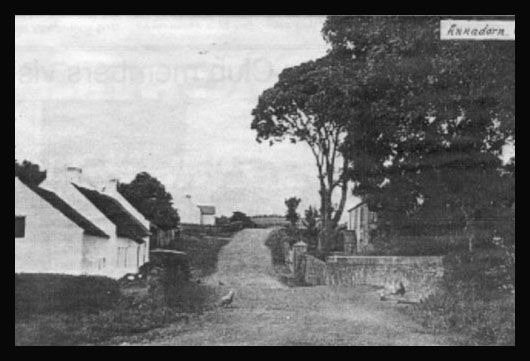 |
|
|||
by Ros Davies
